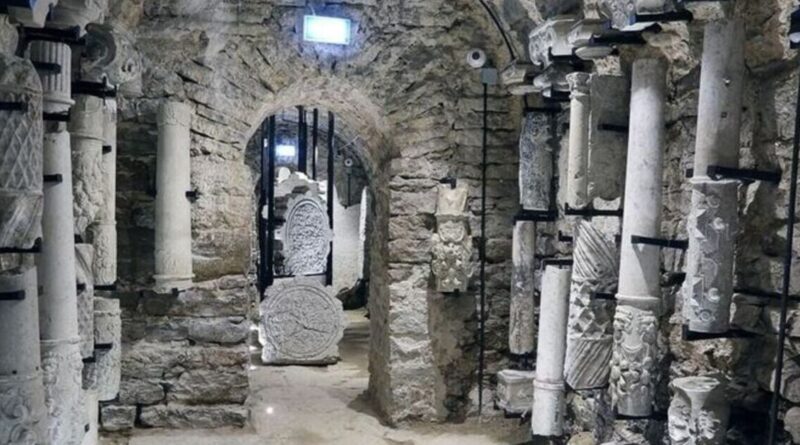The abandoned tunnels underneath capital city that are haven for dark tourism | World | News
Dark tourism is becoming more and more popular, with people looking to explore the eerie side of history. Abandoned hospitals, tunnels and castles are fast turning into top destinations for those in search of unusual adventures. One such place can be found in a small European capital.
In Tallinn, the capital of Estonia, there is a network of mysterious underground tunnels known as the Bastion Tunnels. They were built in the 17th and 18th centuries as part of a military defence system. According to Visit Tallinn, the passages were constructed alongside the city’s bastions to allow the secret movement of troops, ammunition and supplies without being seen by the enemy. They also served to monitor underground mining activity during sieges.
Designed by Swedish military engineer Eric Dahlberg, the tunnels were part of a much larger plan to fortify the city, though only a handful of the bastions were ever completed before the city was captured by Russian forces in 1710.
Despite their original military purpose, the tunnels were never used in combat. Instead, the passageways were later repurposed over the centuries.
During World War 2, parts of the tunnels were converted into air raid shelters.
In the 1950s, under Soviet rule, they were reinforced with steel doors, beds, ventilation systems and running water to serve as a nuclear fallout shelter.
After Estonia regained independence in 1991, the tunnels were no longer in use and were sometimes used by the homeless.
In 2004, the city began restoring the tunnels to make them safe and accessible for public visits.
Today, around 470 metres of the Bastion Tunnels are open to visitors as part of the Kiek in de Kök Fortification Museum. Entry costs €8 (£6.70), or is free with a Tallinn Tourism Card.
The tunnels are narrow, damp and dimly lit, and visitors are advised to wear warm clothing.
Along the route, there are small exhibition rooms where visitors can explore the history of the city’s defences.
There are also displays on local legends, with one room sharing ghost stories linked to the tunnels.
At the end of the route is the Museum of Carved Stone, located in the Ingrian Bastion.
The museum showcases decorative limestone elements recovered from buildings across the city, as well as gravestones dating back to the 1950s.
Some of the tunnels in this section were submerged underwater for over a century before being cleared and reopened.
According to the Tallinn City Museum, the full tunnel network stretches about 1.3km (0.8 miles), though not all sections are connected or accessible.
The stone-walled passages are up to three metres high and were built to withstand cannon fire and other attacks common in early modern warfare.





